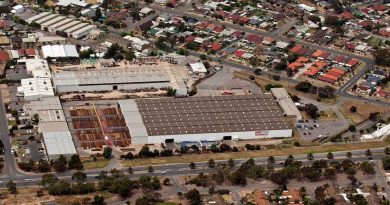Omicron wave pushes office occupancy backwards: PCA
A wave of Omicron and flu infections has caused office occupancy rates across most major cities to go backwards in July, according to the Property Council of Australia’s latest Office Occupancy Survey.
The Property Council’s survey for July 2022 found Melbourne’s occupancy dropped from 49 to 38 per cent, Sydney from 55 to 52 per cent, Brisbane from 64 to 53 per cent and Adelaide from 71 to 64 per cent.
Canberra and Perth were the only markets to record an increase in office occupancy, from 53 to 61 per cent and 65 to 71 per cent, respectively.
Property Council Chief Executive Ken Morrison said the results were disappointing but unsurprising due to the rise in case numbers.
“Office occupancy numbers have gone backwards for the first time in six months as a wave of omicron and flu cases kept workers away from the office,” Mr Morrison said.
“We have been seeing a steady increase in the number of workers retuning to offices, but this stalled in June and has now declined in most capitals, which is disappointing but unsurprising.
“Looking ahead, we are encouraged by the fact that this Omicron wave seems to have peaked and that spring is around the corner. Hopefully this means the recovery momentum can resume,” he said.
Mr Morrison said the low levels of CBD occupancy needed to be factored in when governments were considering measures to manage the pandemic.
“We know office occupancy has been slow to recover, unlike other indicators which snap back quickly,” Mr Morrison said (continues below).
“The losers are not the office tenants or the owners of office buildings, it’s all those retailers, cafes and restaurants who rely on office workers as their customers.
“We want those businesses and their jobs to survive because they give our CBDs such vibrancy.
“Governments and health authorities need to remember that asking people to work from home is not a zero cost exercise – the costs are real and we see them in the vibrancy of our CBDs,” he said.
Despite the effects of the pandemic and a drop in occupancy, the Property Council’s latest Office Market Report shows that businesses have leased more space across the country’s CBDs over the past six months, with demand increasing by a healthy 0.5 per cent.
The latest office occupancy survey found the preference for greater flexibility including working from home was a major driver of occupancy levels, but this has decreased from 63 to 48 per cent.
Health concerns surrounding the latest wave also proved to be a major influence on the data, rising from 17 per cent in June to 30 per cent in July.
Given that the newest wave’s peak infections period appears to be behind us, Mr Morrison said it is critical that governments communicate clearly with business and not send mixed signals regarding working from home.
The survey was conducted in the field between 25 July and 1 August 2022.








